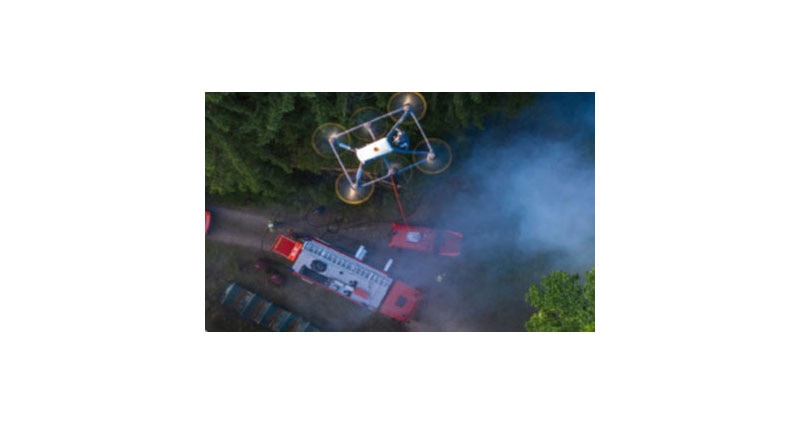How to Create EELs for DigiKey’s IoT Studio

So, you want to use the DigiKey IoT Studio, but the sensor you want to use isn’t available. What do you do? You can create your own EEL (embedded element library) and import it into IoT Studio. DigiKey has a GitHub page, which has some examples and instructions. I’d recommend having some experience with coding to do this process. However, by following our eeWiki page you can do it without coding experience, but it may take some time along with trial and error. EELs can be created in Windows, Linux, or Mac. On the eeWiki page, there are examples for Windows and Linux. If creating EELs in Mac, the process will be very similar to the Linux example.
The first step is downloading node.js. This is a terminal that allows the cloning of the needed repository. After this is complete, you’ll need to enter in the needed information. It will start off with high-level data and then get more in depth. Building the EEL happens in three steps. First, you create the source directory. Next, you write your code. Finally, you generate the EEL.
So, the next time you run into this situation, just create your own EEL and continue with the development of your design.

Have questions or comments? Continue the conversation on TechForum, Digi-Key's online community and technical resource.
Visit TechForum









